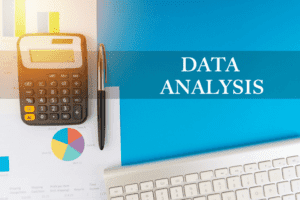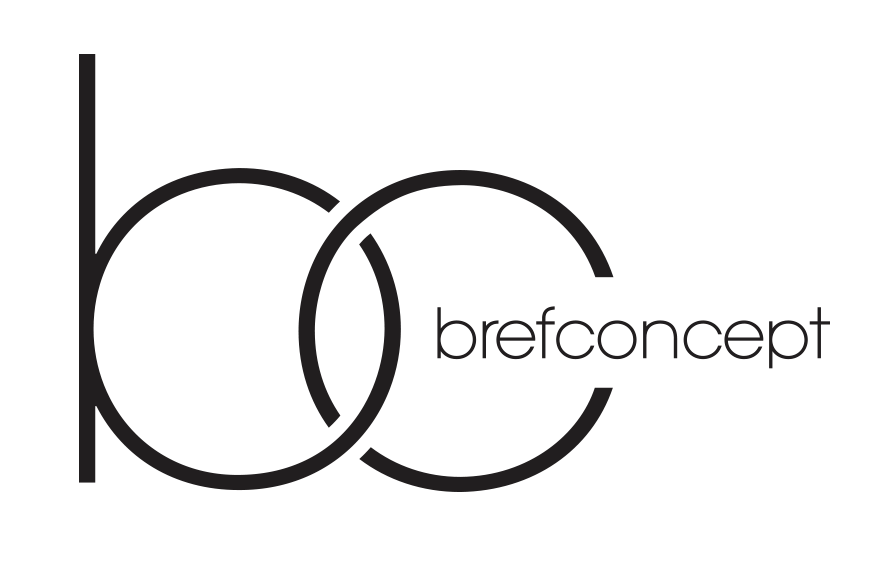
Meanwhile, New York City also levies its own income taxes, which means residents of the Big Apple pay some of the nation’s highest local rates. New York offers credits and deductions that can reduce tax liability, but eligibility depends on income type, filing status, and financial circumstances. One significant credit is the Other States Tax Credit, which prevents double taxation for residents who pay income tax to another state. This credit is limited to the lesser of the tax paid to the other jurisdiction or the amount New York would have imposed on the same income. If a taxpayer earns $50,000 in a state with a 4% tax rate while New York’s rate on that income is 6%, they can only claim a credit for the 4% paid, still owing the 2% difference to New York. The « lookback period » for determining whether a business meets the gross receipts and transaction thresholds to be « regularly and systematically soliciting business » in New York and required to collect sales tax is the immediately preceding four sales tax quarters.
Browse Related Articles
- By granting them a profits interest, entities taxed as partnerships can reward employees with equity.
- This is an example of the need tocontinually evaluate the way in which businesses involved in interstatecommerce operate.
- The same ratio of New York receipts to everywhere receipts from the installment income for each asset type would be used in later years to determine how much of the installment payment is included in New York receipts.
- For New York State, the business allocation percentage is based only on your apportionment of receipts; for New York City, a three-factor formula of property, payroll and receipts is still being used, although property and payroll are being phased out.
- In these instances, your foreign corporation or combined group would be required to file the appropriate franchise tax return (CT-3, CT-3-S, or CT-3-A if a combined filer).
- Late filings result in interest charges and potential assessments based on estimated liabilities.
Numerous credits were also included in the legislation that may assist in reducing taxes on businesses within New York. To date, there have been no significant taxpayer wins in defending against economic nexus challenges where a factor-presence nexus standard is used. Bean had nexus with the state since its gross receipts met the state’s threshold (i.e., greater than $500,000).14 The fight is not over yet, asL.L. For members of a combined reporting group, the determination of whether an instrument is a qualified financial instrument is made as if all of the members of the combined reporting group are a single corporation. Therefore, if one corporation in the combined group marks-to-market a specific financial instrument as noted above, then all such financial instruments of that type reported by every member of the combined reporting group are considered qualified financial instruments. New York’s “economic nexus” statute is expected to have a vast impact on businesses that operate remotely while taking advantage of New York’s market.
- New York State does not have a « throw-back » rule in determining its receipts factor which can make this »destination » or « point of service » methodology very pro-taxpayer.
- Given the state’s enforcement efforts, proactive compliance and accurate record-keeping are necessary to avoid financial and legal consequences.
- Stock options and deferred compensation plans also impact the factor calculation.
- Over the last thirty or so years, an obvious state tax policy driver has been the desire to have out-of-state businesses and persons bear an expanding portion of total tax revenue.
- By filing through our platform, we’ll help you identify New York deductions and credits you currently qualify for without needing to know the specific forms for your scenario ahead of time.
AICPA makes recommendation for updated Form 8971 instructions
The alternative would be to itemize your deductions, which involves reviewing documents like credit card statements, bank records, and loan paperwork to list each eligible expense and calculate your total deduction. TurboTax will assist taxpayers in determining whether the standard deduction or itemizing is right for them. They take all income earned from everywhere for the whole year and they decide what the NY tax would be on that amount. It looks like they are taxing all of your income, because that is how the calculation starts. You should see the NY taxable income on line 37 includes all income. If you continue down the page, you will see cash flow a proration of NY income divided by total income on line 45 and that percentage is applied to the tax liability to create your NY liability.
- Alternatively, an S corporation that earns significant service income from customers located outside of New York and performs its services within the state of New York may benefit from corporate tax reform.
- In summary, New York corporate tax reform will significantly affect S corporations.
- For New York Non-Resident returns, the summary page can be misleading, because it appears that your entire income is taxed.
- Census Bureau, in 2018 there were approximately 547,000 business establishments in New York State.
- The reader should contact his or her Ernst & Young LLP or other tax professional prior to taking any action based upon this information.
- A key factor affecting your state tax bill is the New York income factor, which determines how much of your earnings are subject to state taxes.
TurboTaxBlogTeam
Surely TurboTax doesn’t expect us to keep up with this legislation and do all kinds of mental gymnastics/read their mind. I am a non resident of NY but my UI is derived solely from NY income. And if your wife as a non-resident of NY never worked a day in NY, then her NY-source income is zero. Make sure you answer the « are all your wages NY sourced » as no and thus should give you the screens to allocate your and your spouses wages, and how much of those wages are NY sourced.
Estate tax considerations for non-US persons owning US real estate

Once this is done, your unemployment will not have a corresponding negative Accounting for Technology Companies number as shown on your federal tax return. This will make the entire amount of unemployment taxable as per law. To tax an out-of-state business a state must show that nexus exists between it and the business’ income producing activities. States are now adopting the factor presence standard to figure out if nexus exists.


If you need extra help, connect with a local TurboTax expert for professional advice or to have them file for you. Here’s a quick guide to help you determine which resource to use—either the New York State tax table, tax rate schedule, or tax computation worksheet—to calculate your income tax. It’s important to note that you may face supplemental taxes if you are a New York City or Yonkers resident. Failing to correctly report New York income can lead to audits, penalties, and interest charges. The state aggressively enforces residency and income sourcing rules, using data analytics and third-party reporting to identify discrepancies.

Residency is determined by a domicile test, which examines intent and primary home location, and a statutory residency test, which applies if an individual spends more than 183 days in the state and maintains a permanent place of abode. The new york income factor state enforces these rules strictly, often conducting residency audits that scrutinize travel records, property ownership, and financial transactions. Grasping New York tax rules and leveraging all the assistance the state offers can be a journey. TurboTax can provide expert guidance every step of the way, no matter if you want to do your taxes yourself or get help from a professional tax expert. Below is a breakdown of some of the deductions and credits you could potentially qualify for as a tax filer in New York state. Property taxes are assessed exclusively by counties and cities in New York State, which means that rates vary significantly from one place to the next.
- To do this, we need to look at the differences between your adjusted gross income (AGI) and taxable income.
- All of my unemployment income is from NY sources but was all received in OH.
- New York City recently followed New York State with most of its changes for 2015, including the adoption of market based sourcing for services; however, it did not adopt economic nexus.
- The difference in methodology of sourcing the receipts of partnerships vs. S corporations is extreme.
- Furthermore, the taxpayer’s only office is located in NewYork State, and the taxpayer utilizes its employees and independentcontractors as sales persons.
- Enter the amount of federal income that was derived from New York sources.
New York follows the “convenience of the employer” rule, meaning if an employee works remotely for personal convenience rather than employer necessity, their income is still considered New York-sourced. This rule has led to disputes, particularly for employees of New York-based companies living in neighboring states like New Jersey or Connecticut. If remote work is optional rather than required, New York may still tax their wages as if they were physically working in the state. In order to assist you further with your question, I have prepared a mock tax return with $10,200 of unemployment as a nonresident of New York receiving NYS sourced unemployment. Nexus, a connection between a business and the state, must exist for a state to impose income tax.
